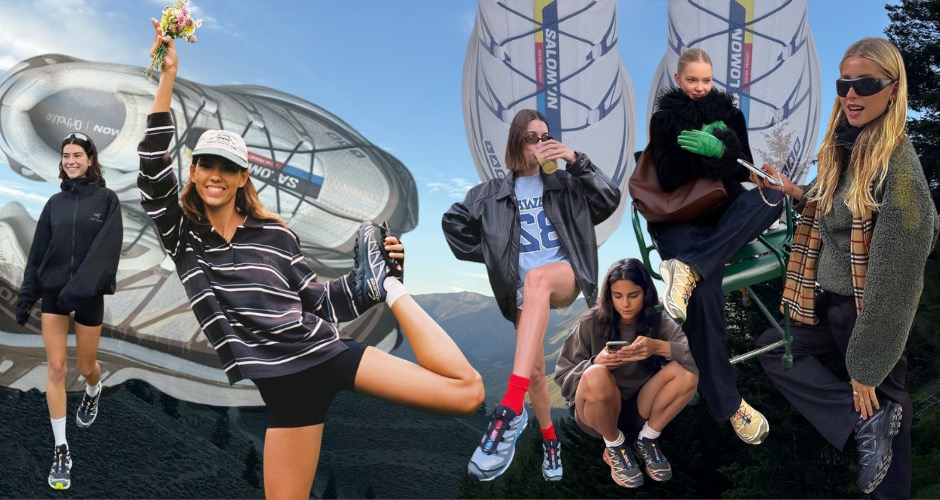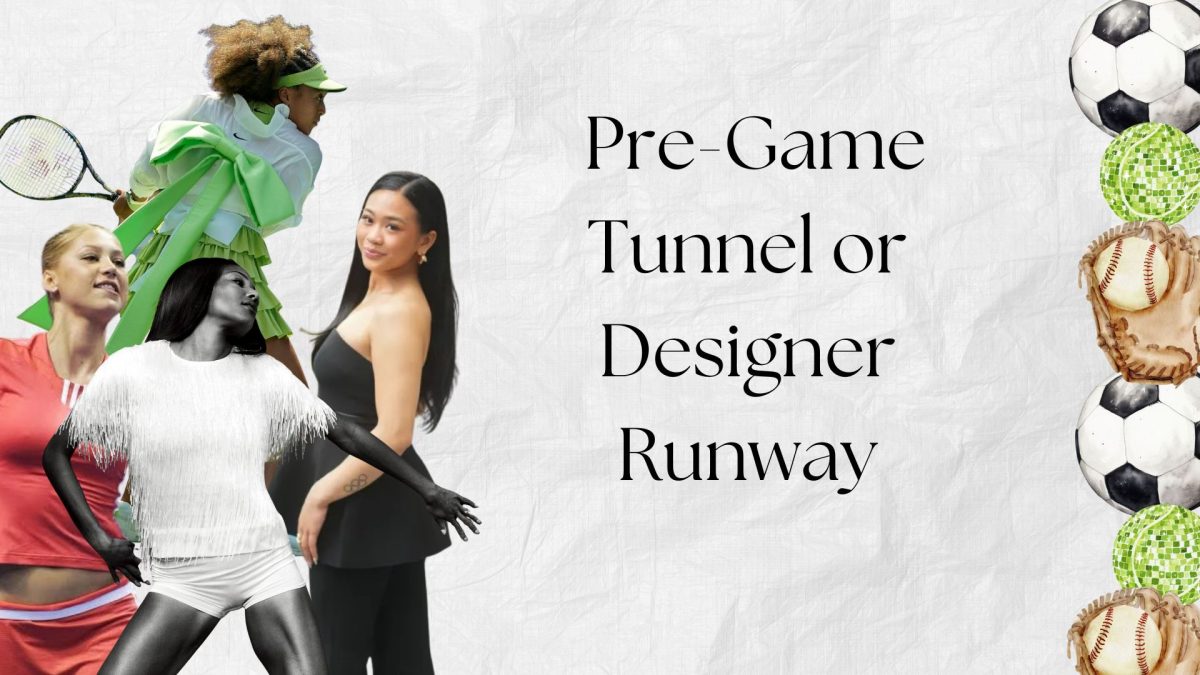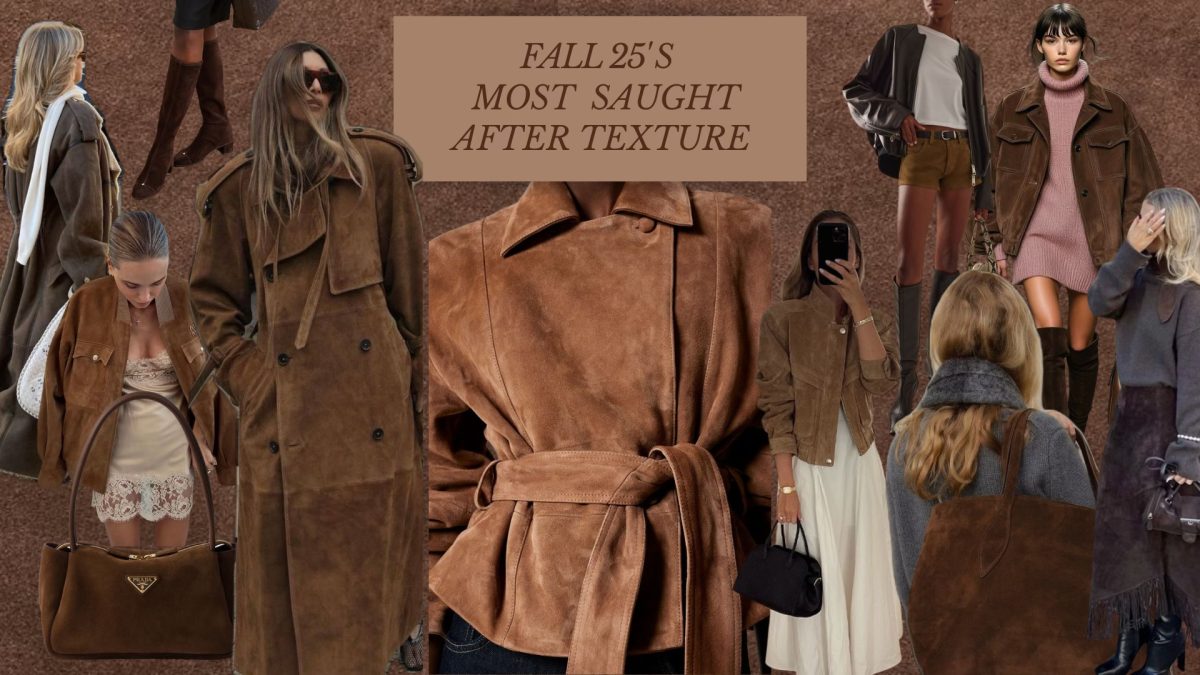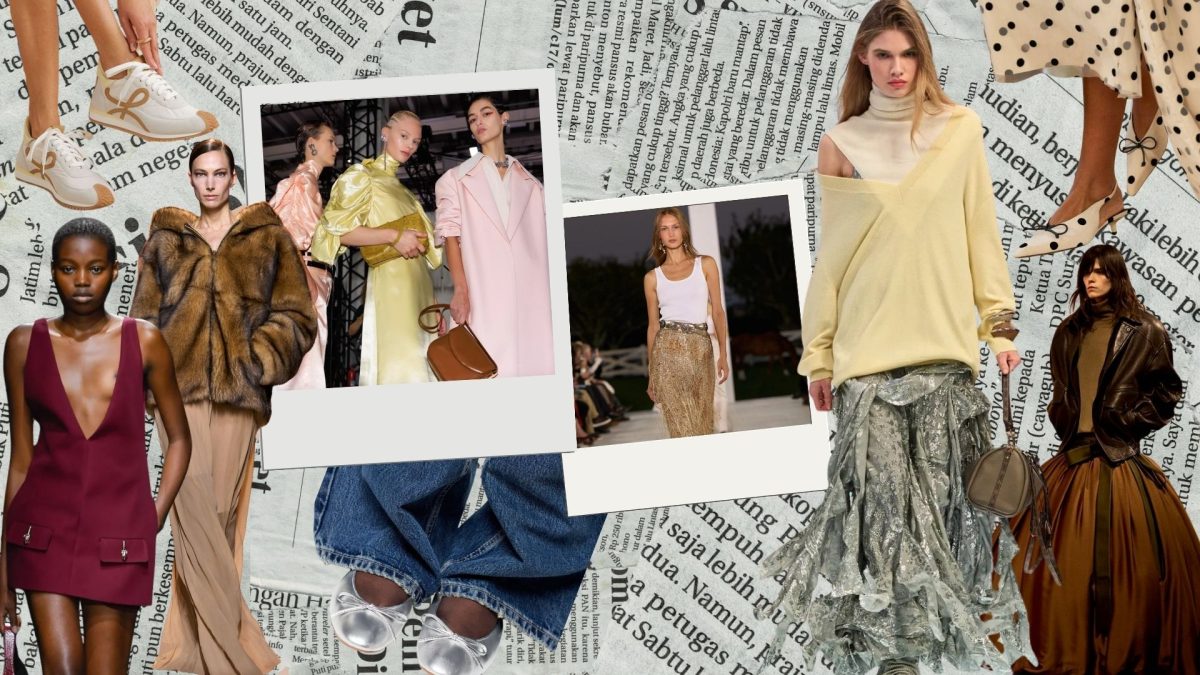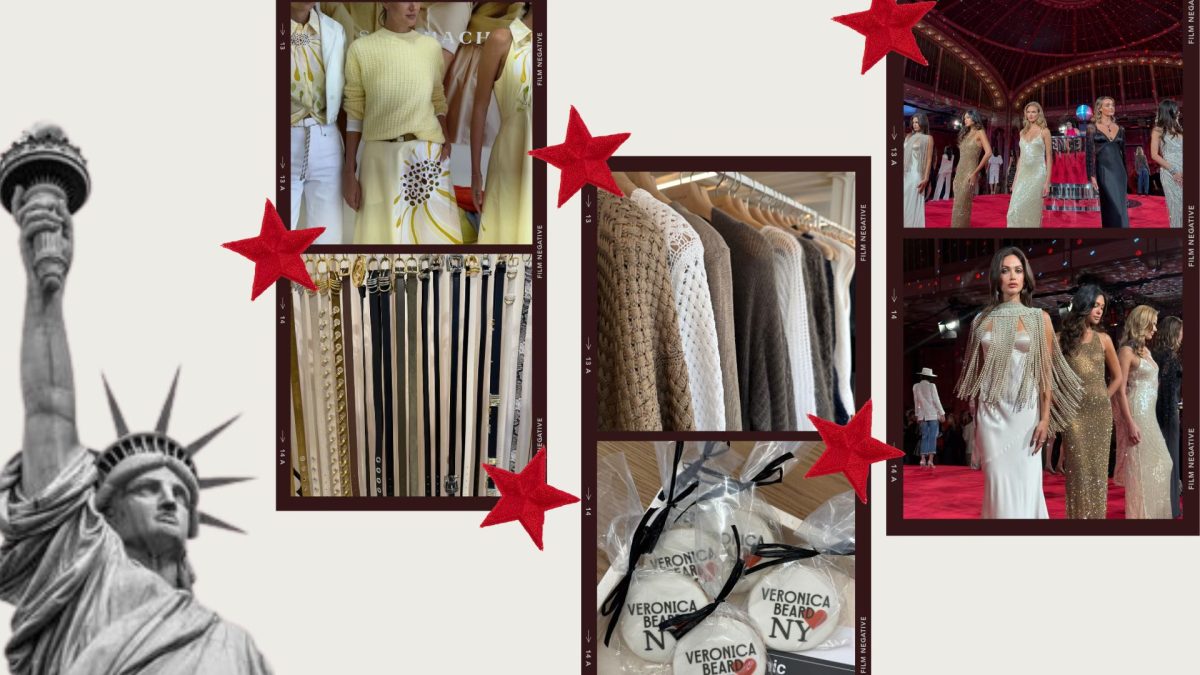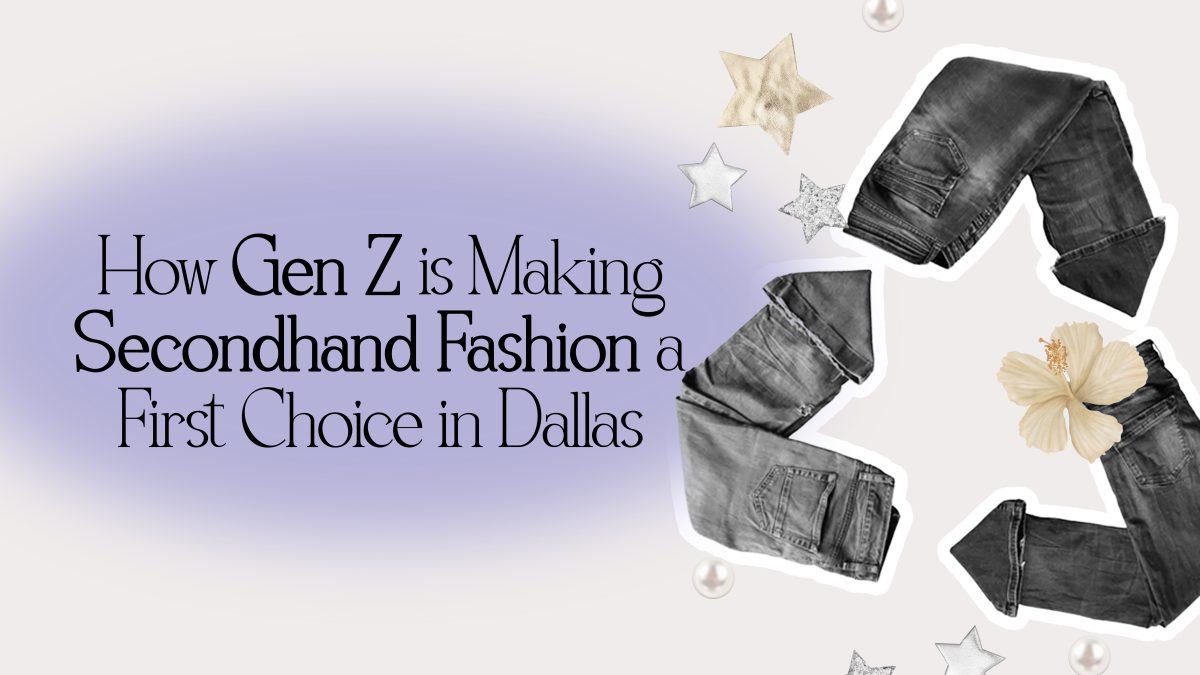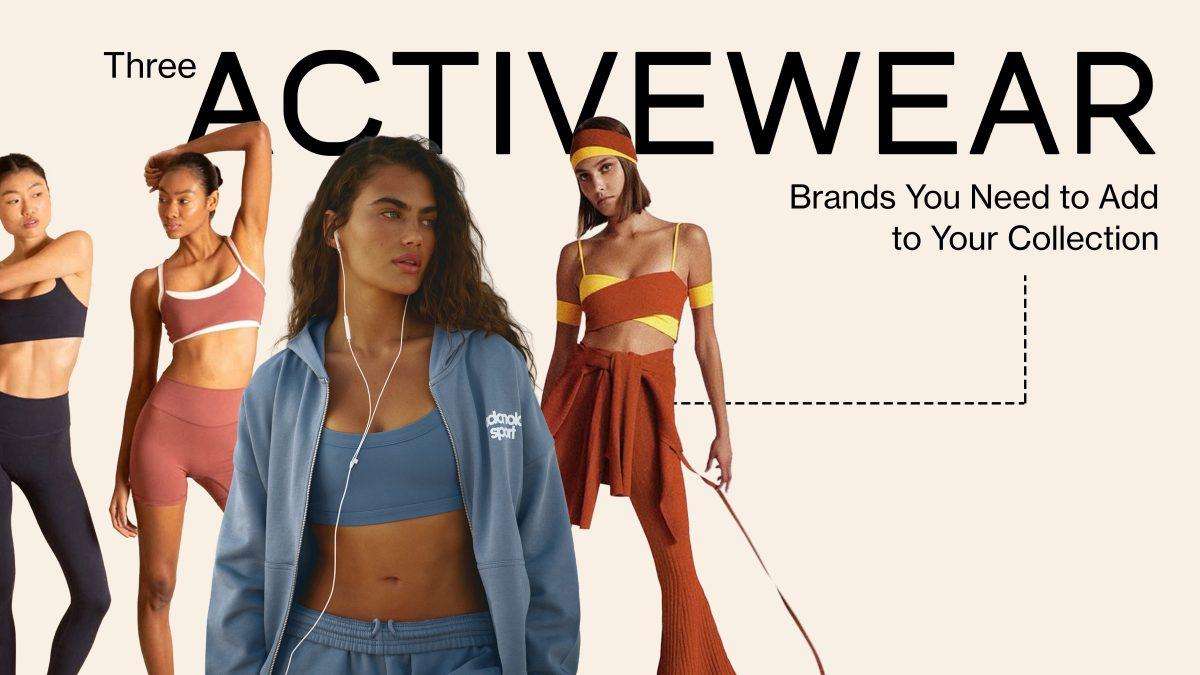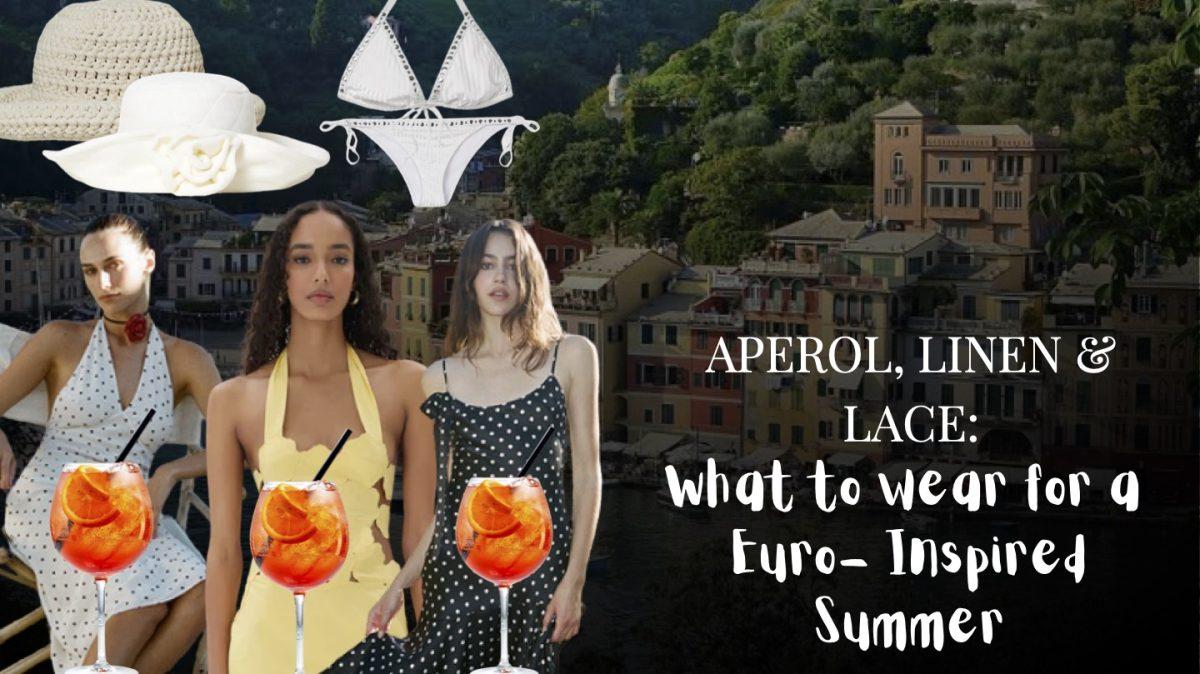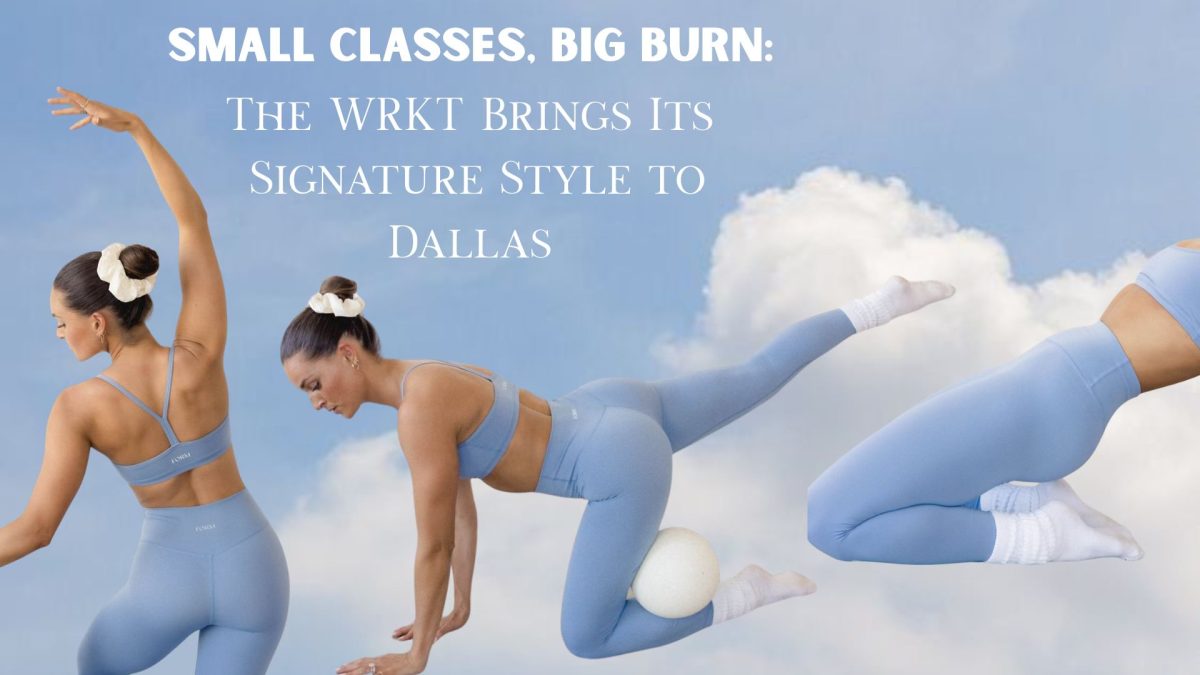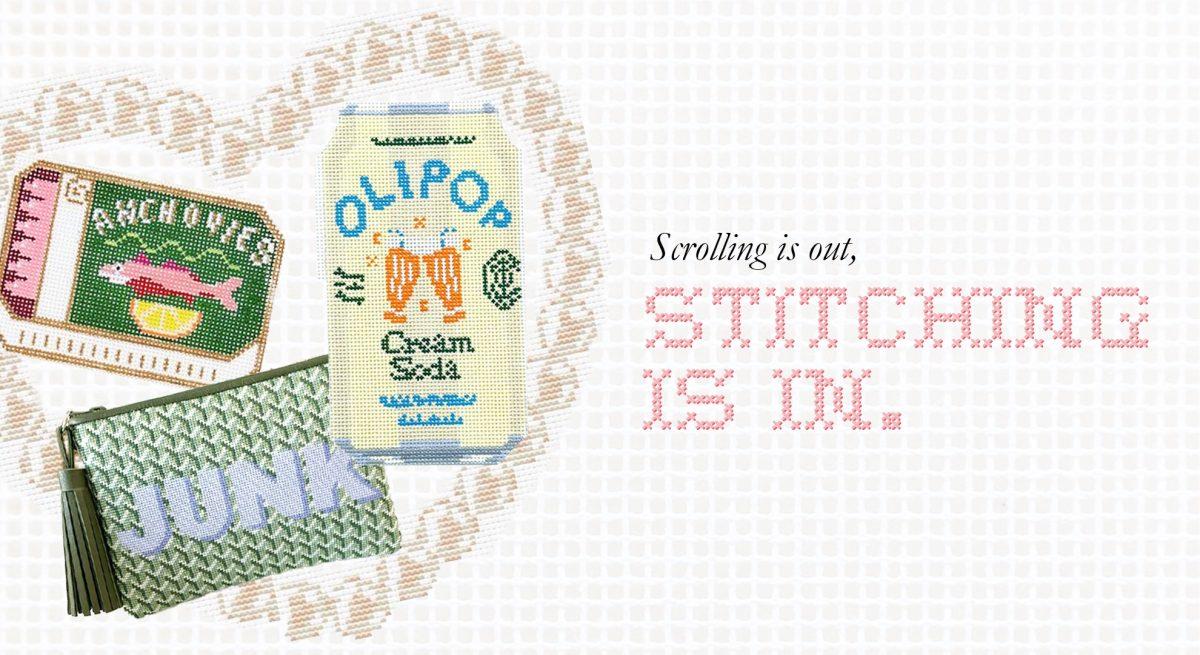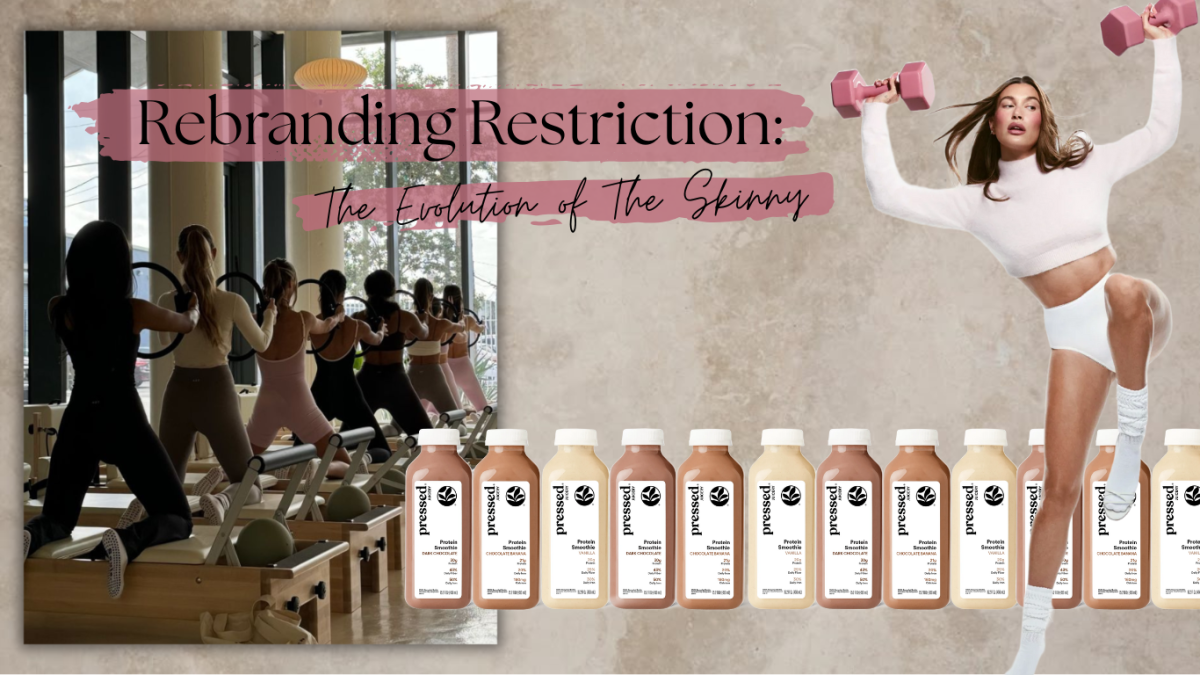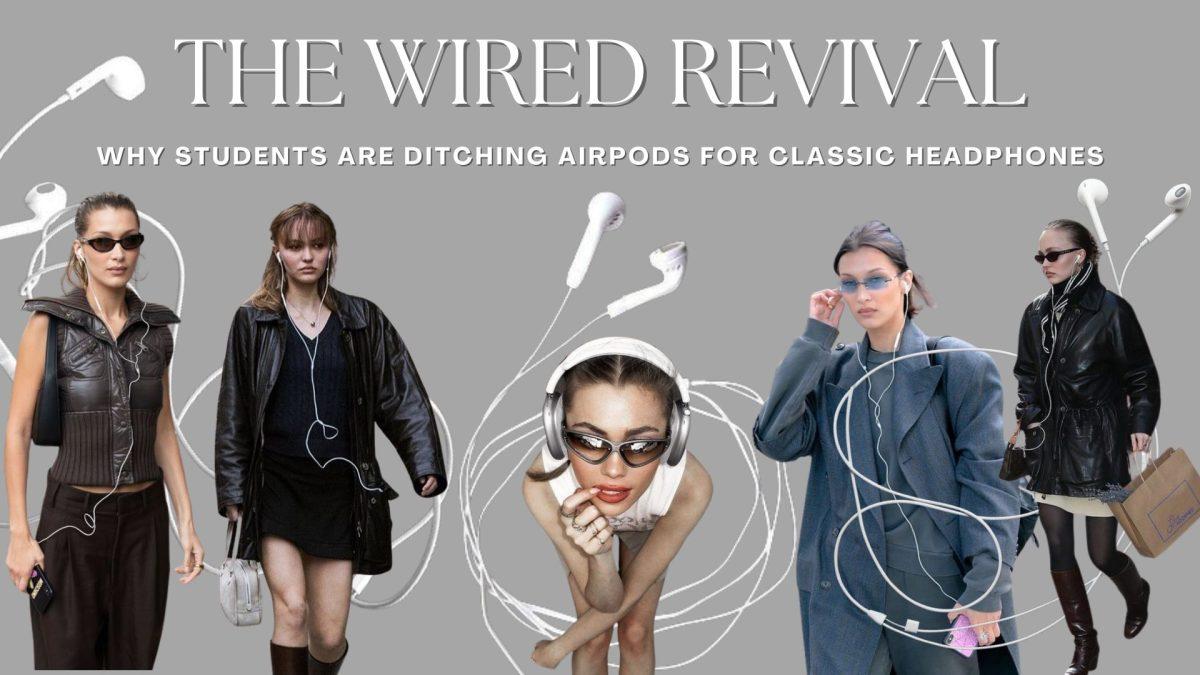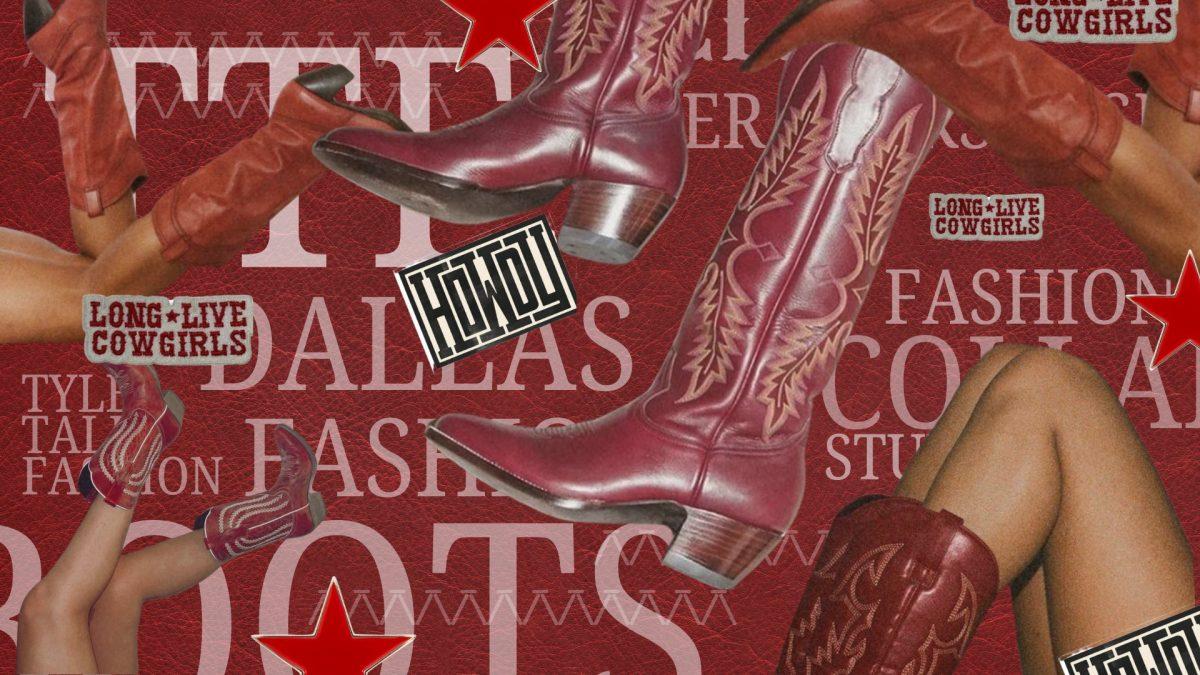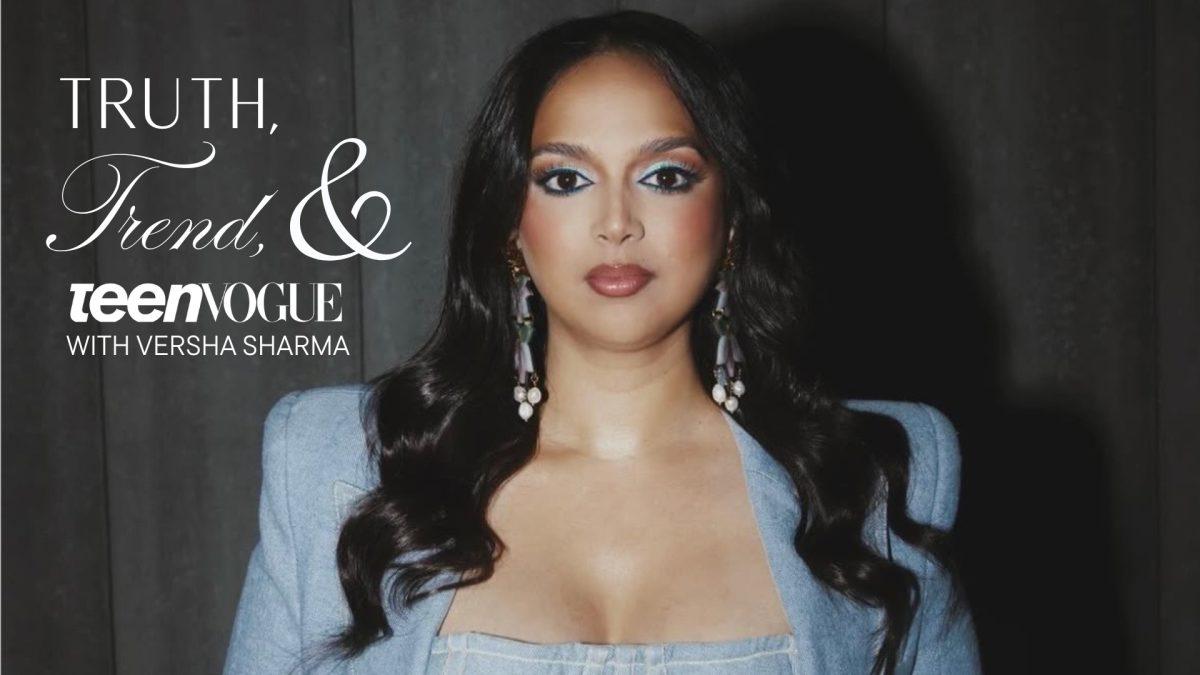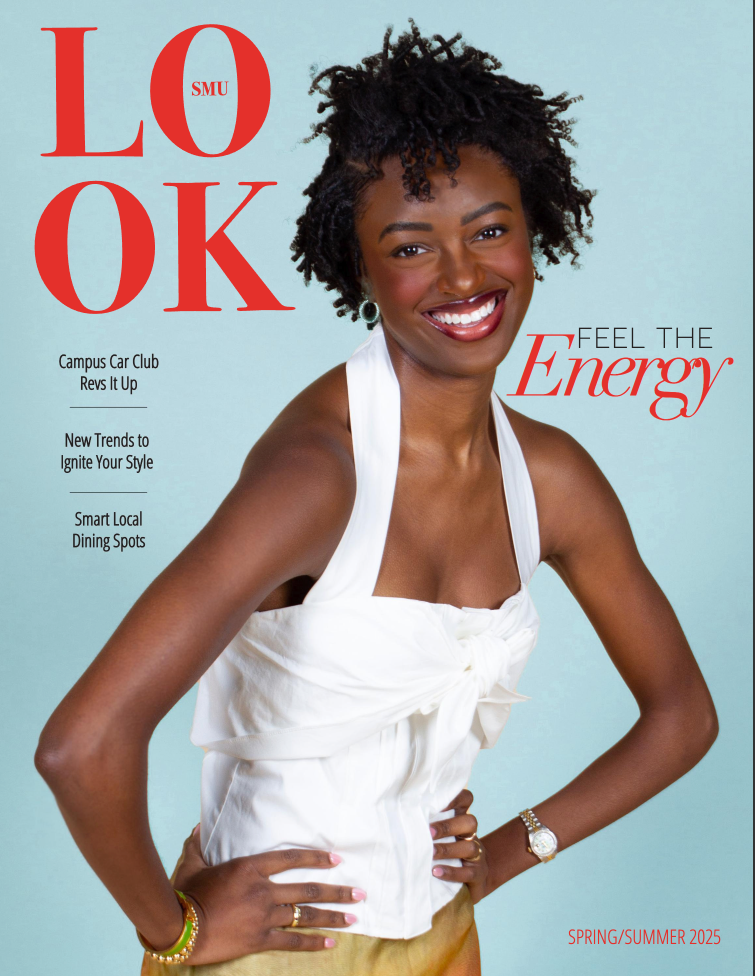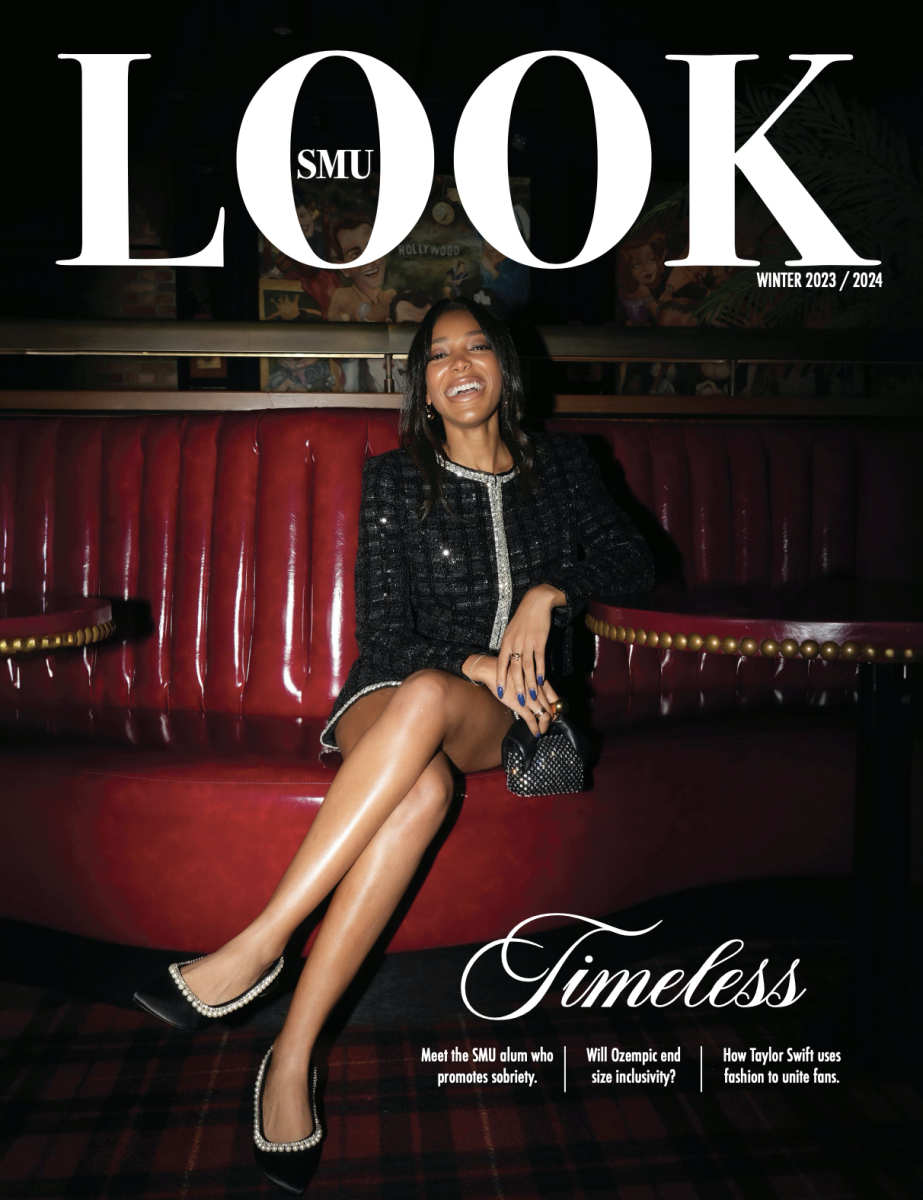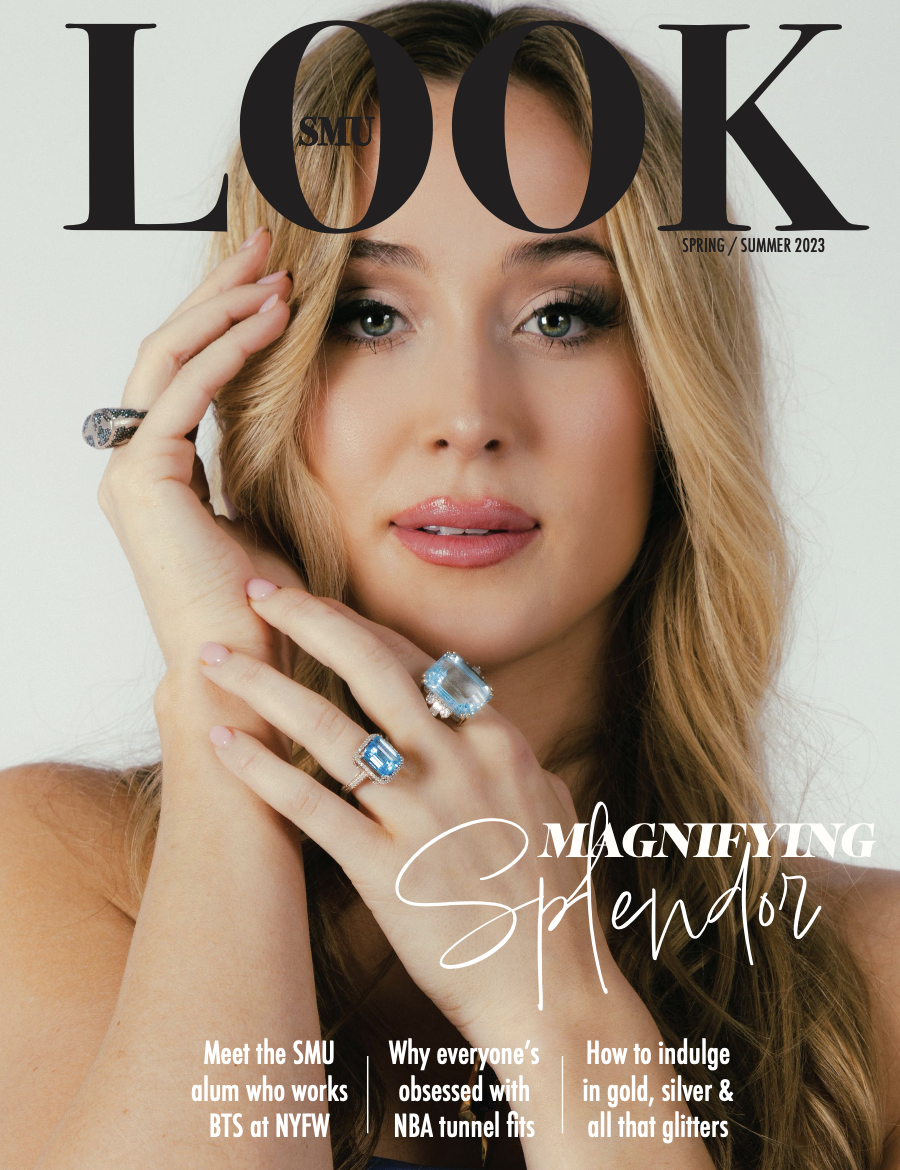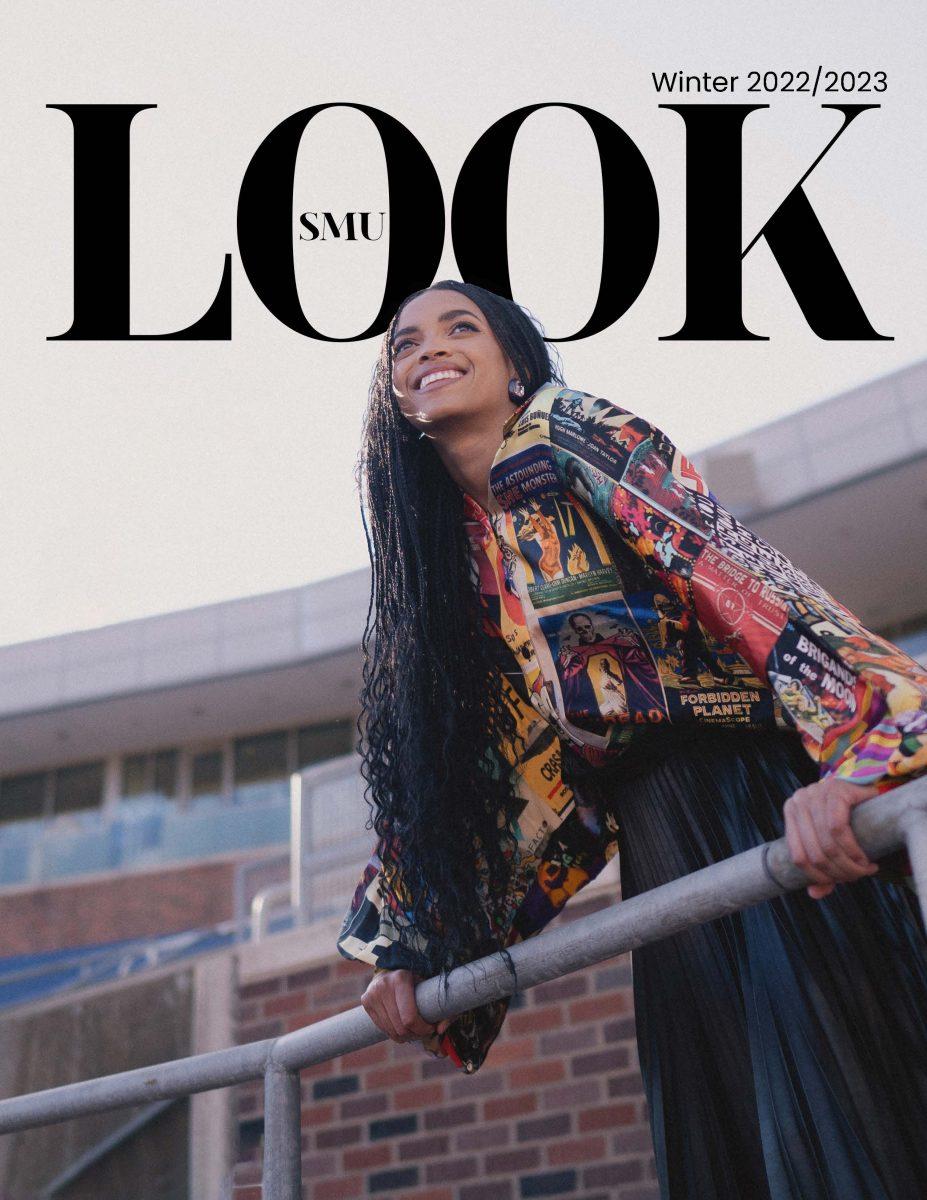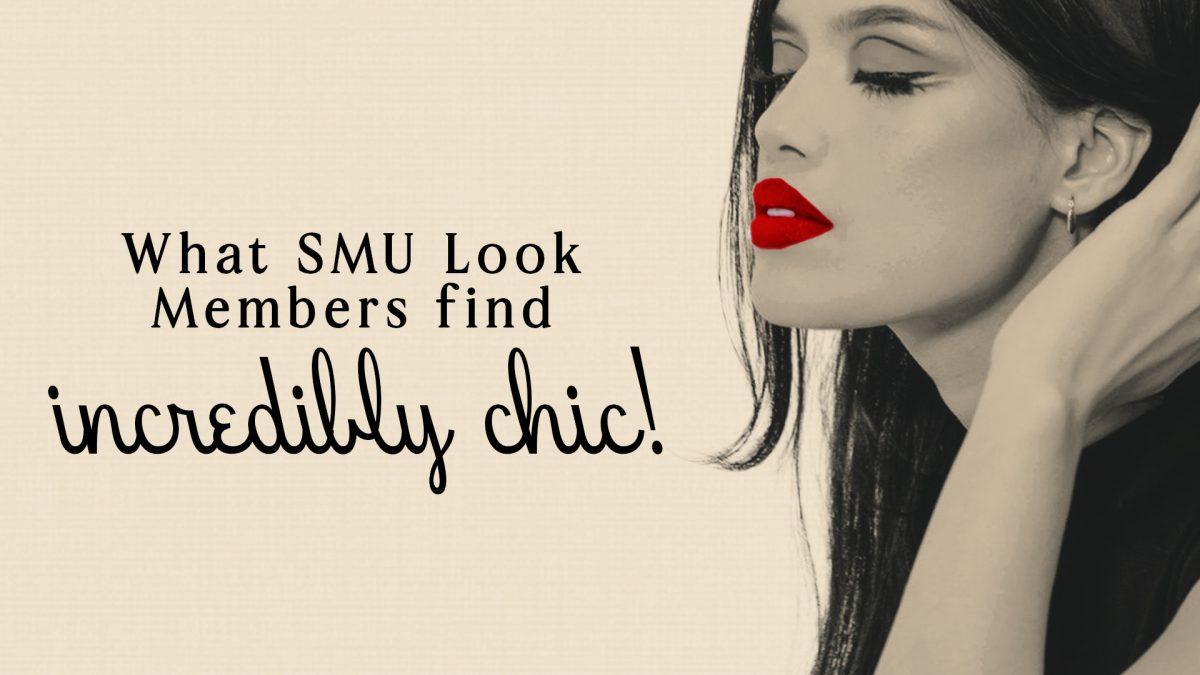By Mythili Reddibathini
If you’ve watched any Major League games recently, you may have noticed an unexpected trend: the iconic 10-motif Van Cleef necklaces. Draped around the necks of players like Tampa Bay Rays infielder Junior Caminero and Texas Rangers outfielder Joc Pederson, these high-fashion accessories offer an unexpected juxtaposition next to the players’ athletic uniforms.
According to Robb Reports, Los Angeles Dodgers shortstop Miguel Rojas was the first player to debut the necklace during a game. While it may seem unusual to see such an extravagant piece on the field, fashion has always found a place in professional sports.
As far back as the 1970s, sports stars have used fashion to express themselves. In the NBA, icons like Magic Johnson and Michael Jordan defined some of the most influential trends today– think oversized suits and sneaker culture.
Another example is Pat Riley, former coach and current president of the Miami Heat, who donned Giorgio Armani suits for each game. In an appearance on LeBatardShow, he said, “I was trying to create, not a brand, but an image of what a coach should look like on the sidelines. And I did.”
As sports evolved, so did the runway. The pre-game tunnel has become a new catwalk, where personal stylists and curated outfits dominate the conversation. But the question remains—what makes fashion in sports authentic?
Take A.J. Brown of the Philadelphia Eagles, for example. He showed up for Week 3 in a jersey with a simple statement, “Check on your teammates”.
Many athletes have begun using their tunnel fits as platforms to promote causes important to them. Brown’s message helped highlight the importance of mental health and destigmatize conversations surrounding it.
Other tunnel outfits are authentic to one’ self style – but may not be popular stylistic choices. Travis Kelce’s tunnel outfits have caught lots of attention recently for this. During Week 2, Kansas City played the Eagles in Philadelphia. Kelce’s tunnel fit featured a black suit with shorts instead of slacks. He caught quite a bit of heat on social media for this outfit, with many calling it one of his worst.
One fashion blog rounded up some of the opinions. Comments ranged from “Wow, this is embarrassing. What happened to his pants?” and another noted, “Looks like Prince George.”
And yet, these bold choices are part of what makes sports fashion so compelling. It’s a space for reinvention and visibility, where athletes use style as an extension of their identity.
WNBA player Angel Reese and U.S. track Olympian Gabby Thomas were on the cover of Vogue for Winter 2025. In their cover story, the role of fashion in athletes’ lives was discussed extensively.
Gabby Thomas sums it up nicely in the Vogue interview. “There’s so much truth in what we do—you show up every day, and you work. And win or lose, the emotions that come—you can’t fake that, either,” she said. Professional athletes are constantly subjected to opinions on who they are and how they play their game. Fashion allows people to control the narrative. You get to present yourself in whatever way you desire, with no room left for other’s opinions.
Personally, I really enjoy the extravagance and personality that athletes have begun showing off every gameday. I’m not sure if the MLB players’ Van Cleef necklaces are superstitious or just an accessory, but I’m a fan. We are constantly bombarded with new looks from designers, celebrities, and more. But the connections between fashion and sports feels seamless. These athletes’ looks have the ability to influence so many people, and it’s always interesting to see which athletes end up setting trends, not just in terms of sports, but in style as well.

